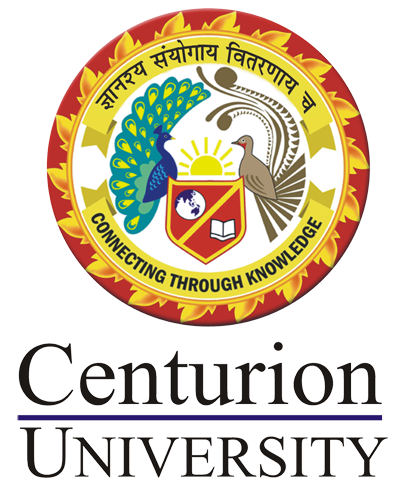Watershed Hydrology
Course Attendees
Still no participant
Course Reviews
Still no reviews
Course Name : Watershed Hydrology
Code(Credit) : CUTM1129(1-1-0)
Course Objectives
•To comprehend basic concepts of the hydrologic cycle.
•To analyse precipitation data in detail, including assessment and instruments of precipitation data.
•To understand the concept of hydrograph and unit hydrograph.
•To understand methods to calculate runoff using empirical formulae and concept of flood routing.
Learning Outcomes
-To explain the physical processes that govern the movement of surface water within a watershed.
-To learn methods used to measure inputs and outputs of water in physical hydrological conditions.
-To learn the about hydrograph and flood routing.
Course Syllabus
Module-I(1.5 hr)
• Introduction and Hydrologic cycle
• Precipitation and its forms along with rainfall measurement.
Practice(2 hr):
• Visit to meteorological observatory and study of different instruments.
Module-II(2.5 hr)
• Frequency analysis of point rainfall. Mass curve, hyetograph, depth-area-duration curves and intensity-duration-frequency relationship.
• Abstractions of Precipitation, Infiltration -factors, measurement and indices. Evaporation - Estimation and measurement.
Practice(4 hr):
• Design of rain gauge network and exercise on IDF curves.
• Analysis of rainfall data and estimation of mean rainfall by different methods.
• Exercise on frequency analysis of hydrologic data and estimation of missing data and test for consistency of rainfall records.
Module-III(3 hr)
• Runoff - Factors , measurement, stage - discharge rating curve, estimation of peak runoff rate and volume and SCS curve number method.
• Geomorphology of watersheds.
Practice(3.5 hr):
• Exercise on computation of infiltration indices.
• Computation of peak runoff and runoff volume by Cook’s method and rational formula.
• Computation of runoff volume by SCS curve number method.
Module-IV(3 hr)
• Hydrograph - Components, base flow separation.
• Unit hydrograph theory, S-curve, synthetic hydrograph, applications and limitations.
• Flood routing – channel and reservoir routing.
• Flood and Drought-Classification and management strategy.
Practice(3 hr):
• Study of stream gauging instruments - current meter and stage level recorder.
• Exercise on geomorphic parameters of watersheds and runoff hydrograph.
• Exercise on unit hydrograph.
Session Plan
Session 1
Introduction and Hydrologic cycle
PDF: Hydrologic cycle
Hydrological cycle(Link)
The Water Cycle(Link)
Session 2
Precipitation and its forms along with rainfall measurement.
PDF: Precipitation and its measurement
Precipitation types watch from 45sec(Link)
Practice-
Visit to meteorological observatory and study of different instruments
Meterologican Observatory at CCRI(Link)
Session 3
Frequency analysis of point rainfall. Mass curve, hyetograph, depth-area-duration curves and intensity-duration-frequency relationship.
PDF: Frequency analysis
Practice-
Design of rain gauge network
Optimal number of rain gauges(Link)
Session 4
Abstractions of Precipitation, Infiltration -factors, measurement and indices. Evaporation - Estimation and measurement.
PDF: Abstractions from precipitation
Practice-
Exercise on computation of infiltration indices.
Infiltration Index(Link)
Session 5
Runoff - Factors , measurement, stage - discharge rating curve, estimation of peak runoff rate and volume
PDF: Runoff
Practice-
Computation of peak runoff and runoff volume by Cook’s method and rational formula
Time of concentration and rational method(Link)
Study of stream gauging instruments - current meter and stage level recorder.
Current meter(Link)
Session 6
Geomorphology of Watershed
PDF: Geomorphology
Practice-
• Exercise on geomorphic parameters of watersheds and runoff hydrograph.
Session 8
Unit hydrograph theory, S-curve, synthetic hydrograph, applications and limitations.
PDF: Unit hydrograph
Practice-
Exercise on unit hydrograph
Unit hydrograph exercise(Link)
Session 10
Flood and Drought-Classification and management strategy.
Case Studies
Case Studies
Our Main Teachers
Completed B.Tech(Ag. Engg.) and M.Tech(Ag.Engg.),SWCE in OUAT. Qualified ICAR-NET. Now working as an Assistant Professor in Agricultural Engineering.


Recent Comments